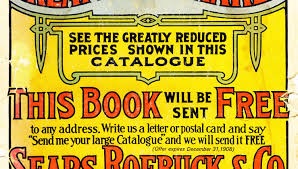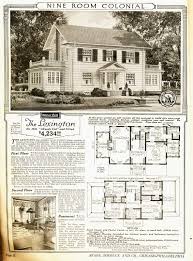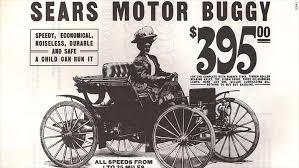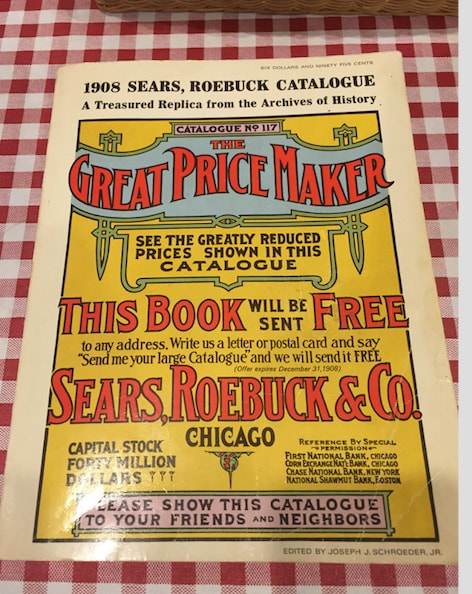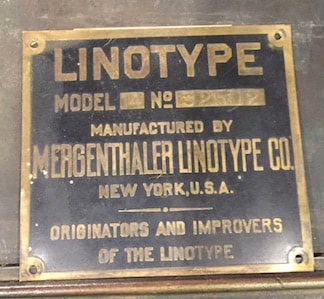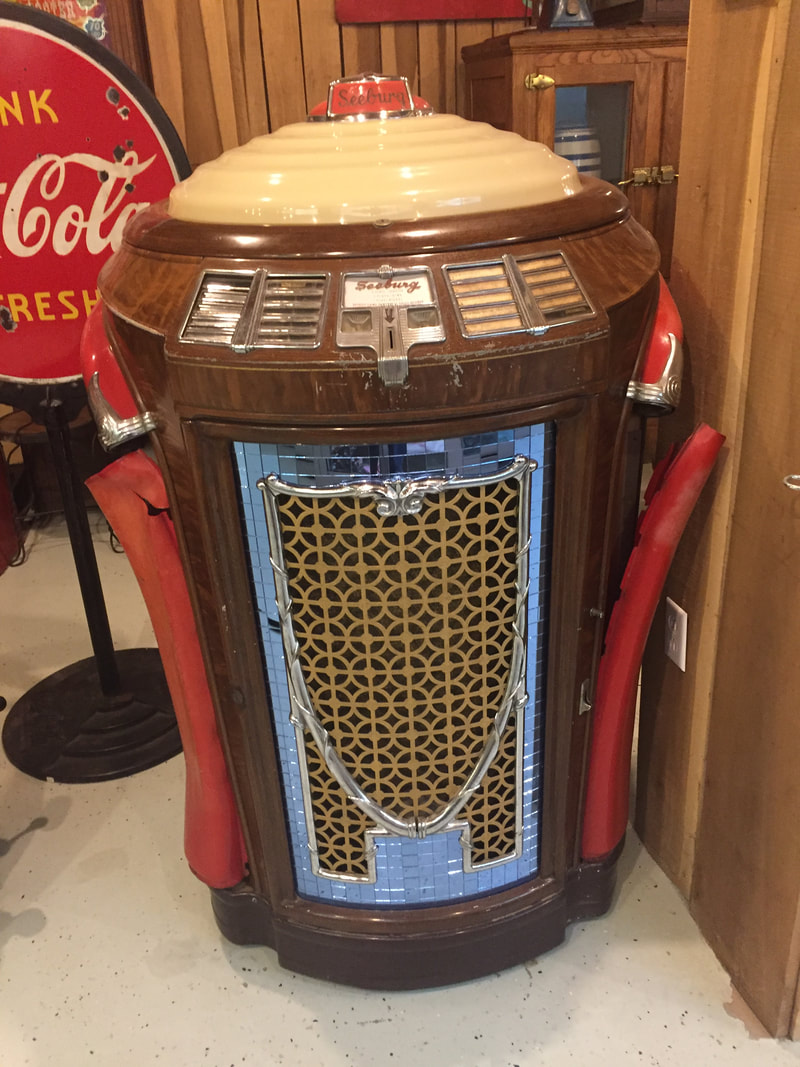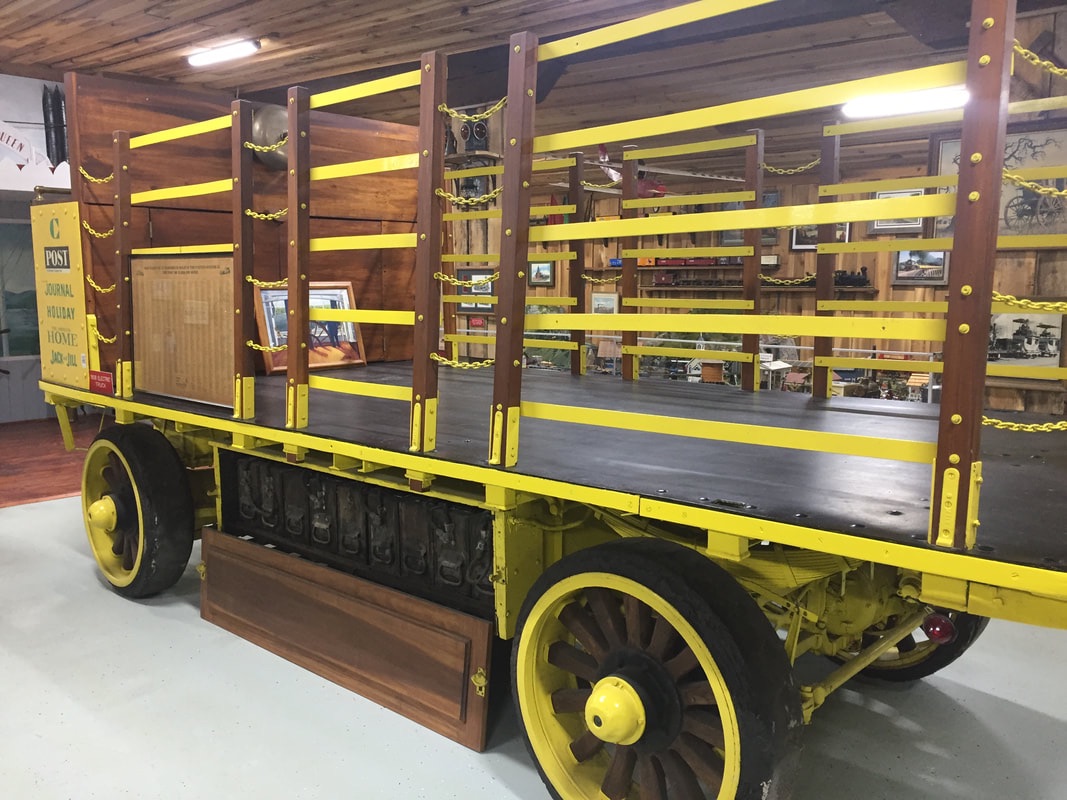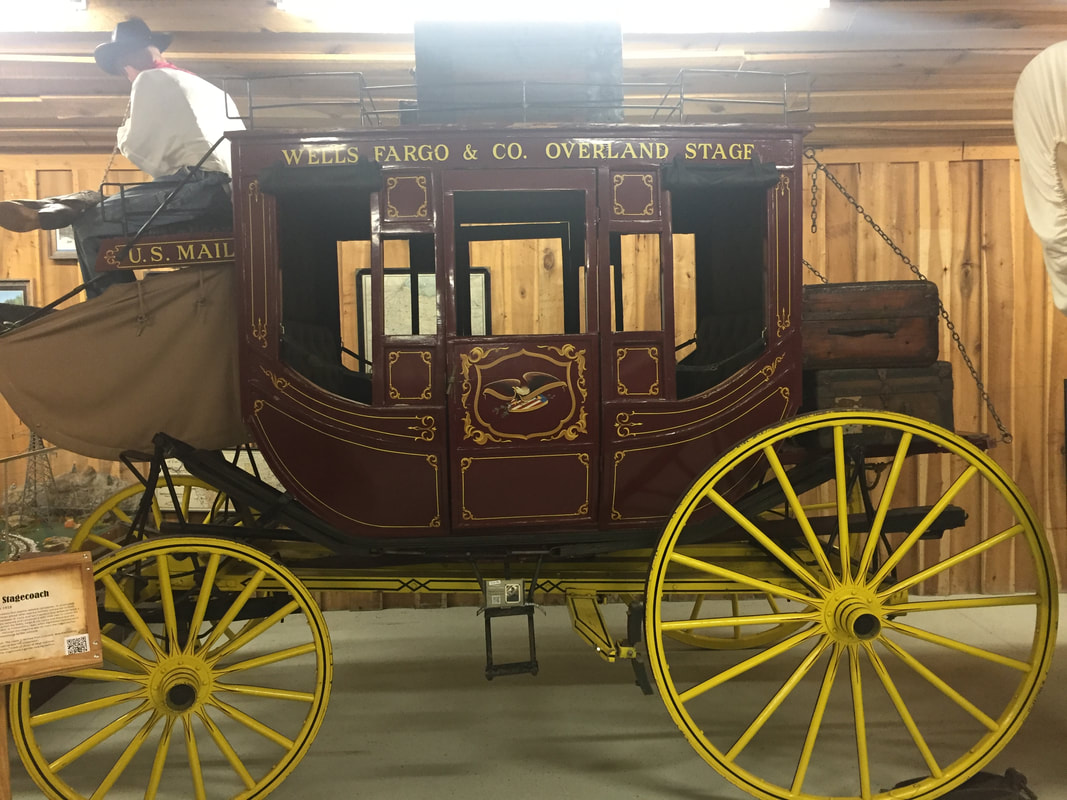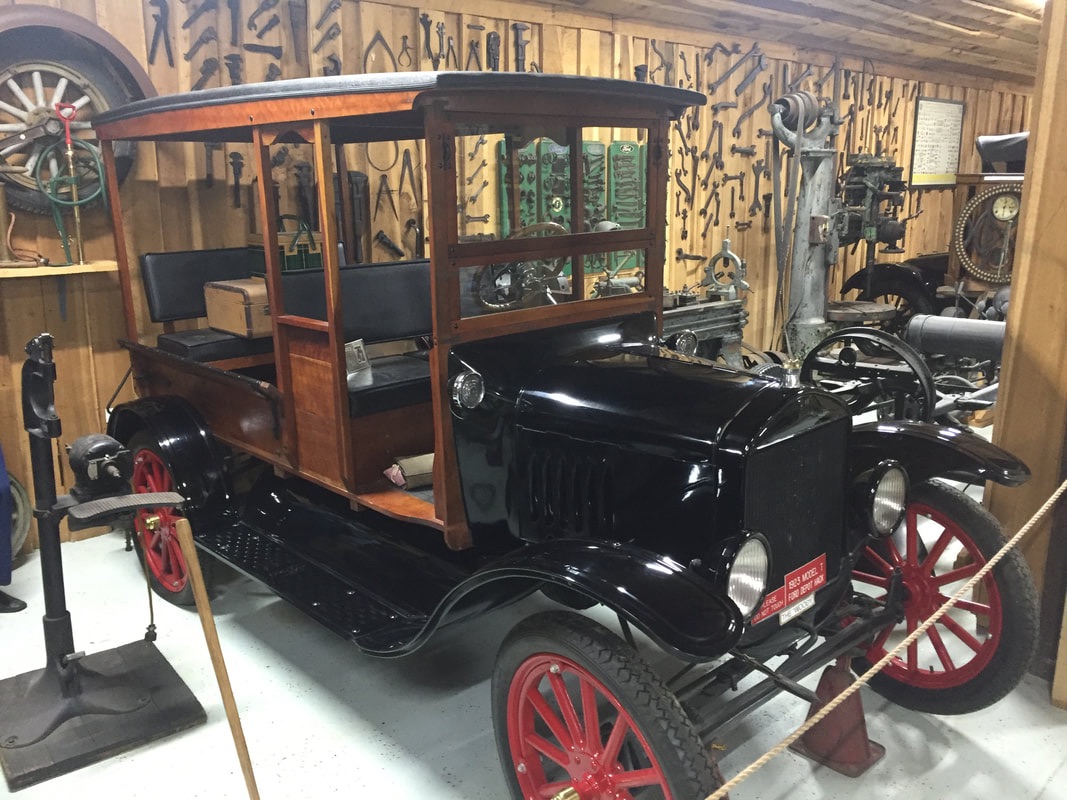|
Richard Warren Sears was a railroad station agent in North Redwood, Minnesota, when he received from a Chicago jeweler an impressive shipment of watches which were unwanted by a local jeweler. Sears purchased them, then sold the watches for a considerable profit to other station agents, then ordered more for resale. Soon he started a business selling watches through mail order catalogs. The next year, he moved to Chicago, Illinois, where he met Alvah C. Roebuck, who joined him in the business. Farmers did business in small rural towns. Before the Sears catalog, farmers typically bought supplies (often at high prices and on credit) from local general stores with narrow selections of goods. Prices were negotiated, and depended on the storekeeper's estimate of a customer's creditworthiness. Sears took advantage of this by publishing catalogs offering customers a wider selection of products at clearly stated prices. The business grew quickly. The first Sears catalog was published in 1888. In 1893, Richard Sears and Alvah Roebuck renamed their watch company Sears, Roebuck & Company and began to diversify. By 1894, the Sears catalog had grown to 322 pages, featuring sewing machines, bicycles, sporting goods, automobiles (produced from 1905 to 1915 by Lincoln Motor Car Works of Chicago, no relation to the current Ford line), and a host of other new items. By 1895, the company was producing a 532-page catalog. Sales were greater than $400,000 in 1893 and more than $750,000 two years later. By 1896, dolls, stoves and groceries had been added to the catalog.
|
|
The linotype machine is a "line casting" machine used in printing. Along with letterpress printing, linotype was the industry standard for newspapers, magazines and posters from the late 19th century to the 1970s and 1980s, when it was largely replaced by offset lithography printing and computer typesetting. The name of the machine comes from the fact that it produces an entire line of metal type at once, hence a line-o'-type, a significant improvement over the previous industry standard, i.e., manual, letter-by-letter typesetting using a composing stick and drawers of letters.
|
A jukebox is a partially automated music-playing device, usually a coin-operated machine, that will play a patron's selection from self-contained media. The classic jukebox has buttons with letters and numbers on them that, when entered in combination, are used to play a specific selection.
The Curtis Publishing Company, founded in 1891 in Philadelphia, Pennsylvania, became one of the largest and most influential publishers in the United States during the early 20th century. The company's publications included the Ladies' Home Journal and The Saturday Evening Post, The American Home, Holiday, Jack & Jill, and Country Gentleman.
|
A stagecoach is a four-wheeled public coach used to carry paying passengers and light packages on journeys long enough to need a change of horses. It is strongly sprung and generally drawn by four horses.
While many are familiar with the term Depot Hack, the origin of the term is not so well known. Built for high capacity seating and luggage carrying, this type of vehicle served a specific market. Long distance travel at the time was done by train, and almost everyone traveling by train carried luggage. Depot Hacks were designed to carry passengers and their luggage from the train station, or depot, to their final destination, typically a hotel.
|
